Whew, what a week it's been! I've been super busy with investor conferences, and the Goldman Sachs Communacopia + Technology Conference has been the main event. It's been a whirlwind of insights and market chatter, but I'm not complaining.
Now, I'm getting ready for a quick trip to Portugal this weekend (so excited!), so I thought I'd share some awesome takeaways from the conference. We've been diving into some heavy topics lately, so it's time for a breather, right?
But hold on, this "breather" is still packed with valuable insights. We're going to take a tour through the tech and finance world, hitting the high points from industry giants like ASML, NVIDIA, CrowdStrike, Intuit, Microsoft, and Goldman Sachs. From cutting-edge semiconductor tech to the latest in AI, and some savvy financial strategies, we've got a ton of cool information to digest.
So, here's the plan: grab your favorite drink (I'm into espresso, especially while thinking about Portugal), get comfy, and let's unpack the highlights of the week together. It's like a virtual coffee chat, but with some of the biggest names in tech and finance joining us. Ready? Let's dive in!
ASML: Navigating the Semiconductor Landscape
Hey, did you catch ASML's update at the Goldman Sachs Communacopia + Technology Conference? Skip Miller, ASML's Vice President of Investor Relations, gave some really interesting info about the semiconductor market and recovery trends.
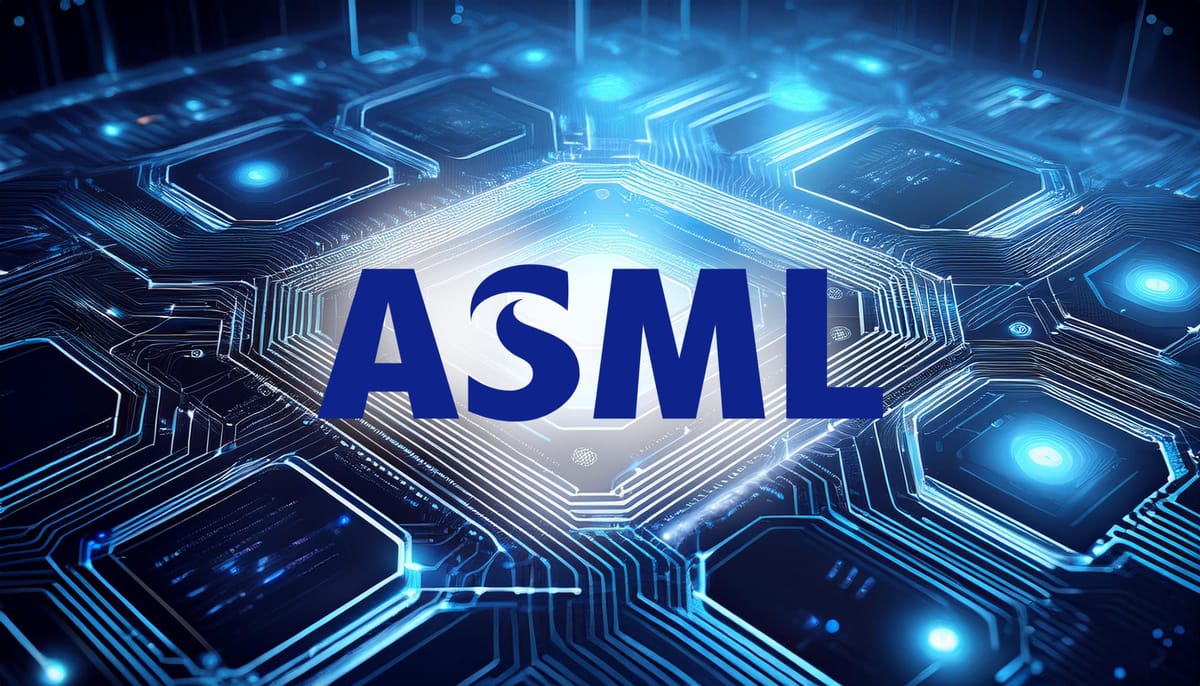
AI-Driven Recovery and Market Segmentation
One of the most striking observations from Miller was the uneven nature of the industry's recovery:
"The recovery so far this year and the growth this year has been primarily AI related. I think that's definitely the case, both the Logic and the Memory. Come back a bit on that more of the different market segments. But in terms of the other more traditional PC, smartphone, auto industrial, a bit slower to recover."
This insight highlights the divergence between AI-related demand and traditional segments like PCs, smartphones, and automotive. It's a trend we're seeing across the tech landscape, and it's reshaping priorities and strategies industry-wide.
Logic and Memory Market Outlook
When it comes to the Logic and Memory markets, ASML's perspective provides crucial insights for understanding the industry's trajectory:
"Logic would be likely lower this year relative to 2023 as the industry digests a lot of the capacity that was put in place last year."
This suggests a temporary slowdown in Logic as the market absorbs the significant capacity additions from the previous year. However, the outlook remains positive, especially with the upcoming transition to more advanced nodes.
For the Memory segment, the outlook appears more robust:
"Memory, we saw it being higher this year. That's primarily a technology-related -- we call it, technology node transitions. And what we mean by that is that we saw a lot more of the capacity shifting to the higher end, the more advanced nodes, and that was in support, primarily, of the HBM-related demand, high-bandwidth memory, in support of some of these AI advanced applications."
The shift towards advanced nodes, particularly driven by AI-related demand for high-bandwidth memory, is a significant trend to watch in the Memory market.
High-NA EUV: The Next Frontier
High-NA (High Numerical Aperture) EUV technology represents a significant advancement in semiconductor manufacturing. Miller addressed several key aspects of this technology:
"The value that High-NA provides is that instead of having to go to a multi-pattern or double-patterning technology where it takes 2 exposures to complete one layer, you can do it all in one. And that reduction in process complexity will improve things like yield, better chip, better die, a number of good chips on a wafer, will help with cycle time."
This improvement in efficiency and yield is crucial for justifying the investment in High-NA technology. It's a development that could reshape the economics of chip production in the coming years.
NVIDIA: Revolutionizing AI and Compute
NVIDIA's journey from a gaming-centric GPU company to a powerhouse in AI and accelerated computing is nothing short of remarkable. Jensen Huang, NVIDIA's CEO, shared some fascinating insights at the recent Goldman Sachs conference.
The Data Center Revolution
Huang outlined two significant trends reshaping the data center space:
- The Rise of AI and Generative AI
- Modernization of General-Purpose Data Centers
On the impact of AI, Huang noted:
"Instead of us trying to figure out what the features are, instead of us trying to figure out what the algorithms are we'll just give the data -- all the data -- all the predictive data to the computer and let it figure out what the algorithm is, machine learning, generative AI."
This shift in approach to software development and data processing is fundamentally changing how we think about computing and problem-solving.
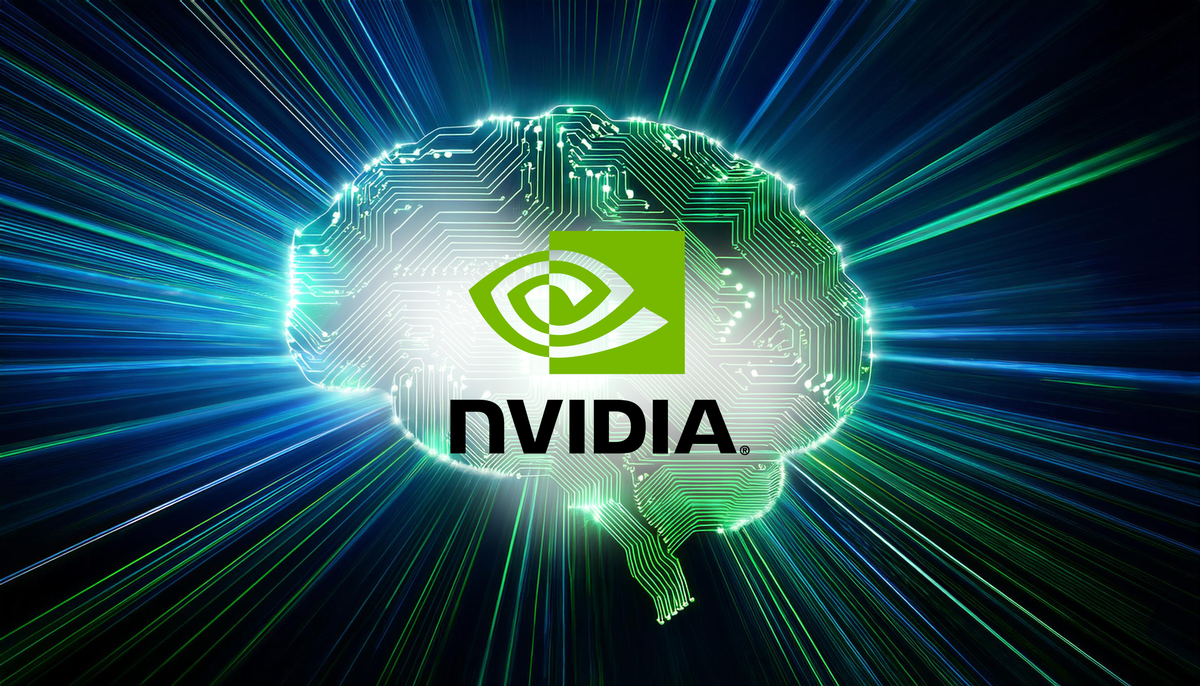
The ROI of AI Infrastructure
One of the most pressing questions for many is whether the massive investments in AI infrastructure will yield adequate returns. Huang draws an interesting parallel with previous technological shifts:
"Before cloud, the major trend was virtualization, if you guys remember that. And virtualization basically said, let's take all of the hardware we have in the data center, let's virtualize it into essentially virtual data center. And then we could move workload across the data center instead of associating it directly to a particular computer. As a result, the tendency and the utilization of that data center improved. And we saw essentially a 2:1, 2.5:1, if you will, cost reduction in data centers overnight, virtualization."
He argues that accelerated computing is providing similar, if not greater, efficiency gains:
"It's not unusual to see a 20:1 speed up. And so you're going to save 10 -- and you pay -- of course, you got the NVIDIA GPU augments the CPU, so the computing cost goes up a little bit, it goes -- maybe it doubles but you reduce the computing time by about 20 times. And so you get a 10x savings."
These efficiency gains are a key factor in understanding the long-term potential of AI infrastructure investments.
The Pace of Innovation: Blackwell and Beyond
NVIDIA's latest GPU architecture, Blackwell, showcases the company's relentless innovation. Huang explains how they maintain this pace:
"The pace of innovation, our basic methodology is to take -- because remember, we're building an infrastructure, there are 7 different chips. Each chip's rhythm is probably at best 2 years, at best 2 years. We could give it a mid-life kicker every year. But architecturally, if you're coming up with a new architecture every 2 years, you're running at the speed of light, okay? You're running insanely fast."
This approach allows NVIDIA to deliver significant performance improvements year after year, which translates directly to customer value:
"When Blackwell is 3x the performance, for somebody who has a given amount of power, say, 1 gigawatt, that's 3x more revenues. That performance translates to throughput, that throughput translates to revenues."
CrowdStrike: Navigating Challenges and Driving Innovation
CrowdStrike, a top player in cloud-based endpoint and cloud workload protection, recently faced some challenges but appears to be turning them into opportunities for growth and innovation.
Addressing the July 19 Incident
George Kurtz, CEO and Co-Founder of CrowdStrike, addressed the July 19 incident head-on:
"July 19, hit, and there's not a lot of time for advice, and I think a big part of it was just trying to do the right thing and get in front of it and kind of let people know what was going on. It was obviously a very fluid situation."
This transparent approach seems to have been well-received by customers and industry peers alike. The incident even prompted an outpouring of support from industry leaders:
"Andy Jassy called and Marc Benioff and Bill McDermott. I mean the list goes on and on. And a lot of it was, 'How can we help.'"
Customer Engagement and Retention Strategies
In the wake of the incident, CrowdStrike intensified its focus on customer engagement. Kurtz described a compressed timeline of customer interactions:
"We compressed more in a couple of weeks than the whole year. So you got to look at the level of engagement."
This accelerated engagement provides a unique opportunity for CrowdStrike to strengthen customer relationships and potentially expand its footprint within existing accounts.
Product Strategy and Innovation
Despite recent challenges, CrowdStrike continues to focus on product innovation and expanding its offerings. The company's strategy revolves around several key areas:
- Next-Gen SIEM and LogScale
- Charlotte AI
- Innovative Threat Detection
On the AI front, Kurtz shared:
"The whole idea -- initial concept was, how do you take a Tier 1 analyst and turn them into a Tier 3 and take 8 hours of work and turn it into 10 minutes of work."
Interestingly, Charlotte AI has found significant adoption among Tier 3 analysts, who use it to streamline their workflows and save time. This unexpected use case demonstrates the versatility of the tool and its potential to improve efficiency across different skill levels in security operations.
Intuit: Transforming Financial Software with AI
Intuit's evolution from a tax software provider to a comprehensive business platform is a testament to its strategic vision and execution. Sasan Goodarzi, Intuit's CEO, shared valuable insights into the company's transformation and future prospects.
The Power of AI in Financial Software
Goodarzi emphasized the importance of AI in Intuit's strategy:
"We really bet the whole company on data and AI. And the reason we bet the whole company on it back then was in order to create experiences that were already done for our businesses and our consumers and to give them insights to make decisions, we had to invest in AI."
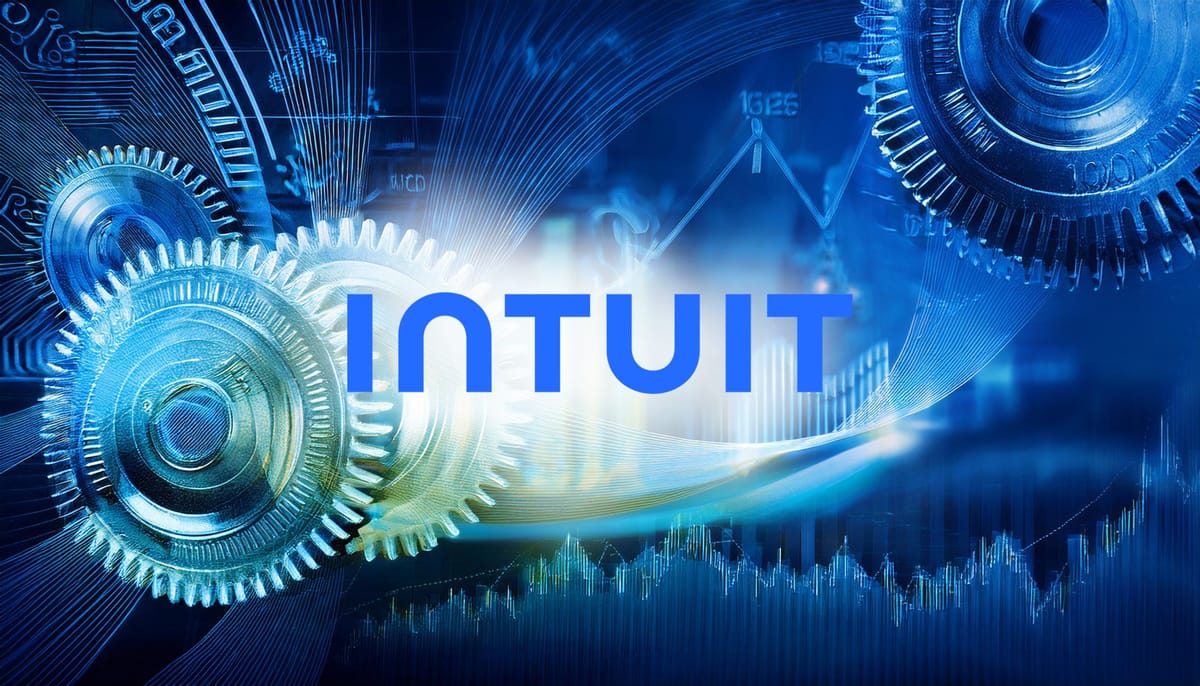
This focus on AI is already delivering tangible benefits to Intuit's customers:
"We're taking things like a business' note and a PDF file and creating invoice or creating a bill. That's saving them more than 50% of time. And in many cases, those that are using these capabilities, the Intuit Assist capabilities, they're getting paid 40% faster."
The Mid-Market Opportunity
While Intuit has traditionally been associated with small businesses, the company is making a concerted push into the mid-market segment. Goodarzi highlighted the potential:
"When you look at our overall TAM, it's $300 billion in size, that's addressable. Of that, almost $200 billion is our business opportunity. And within that, almost $100 billion of it is mid-market for us."
This expansion into the mid-market segment represents a significant growth opportunity for Intuit, with the potential to dramatically increase its total addressable market.
Microsoft: Shaping the Future of AI
Kevin Scott, Microsoft's Chief Technology Officer, offered valuable insights into the company's AI strategy and vision for the future of technology.
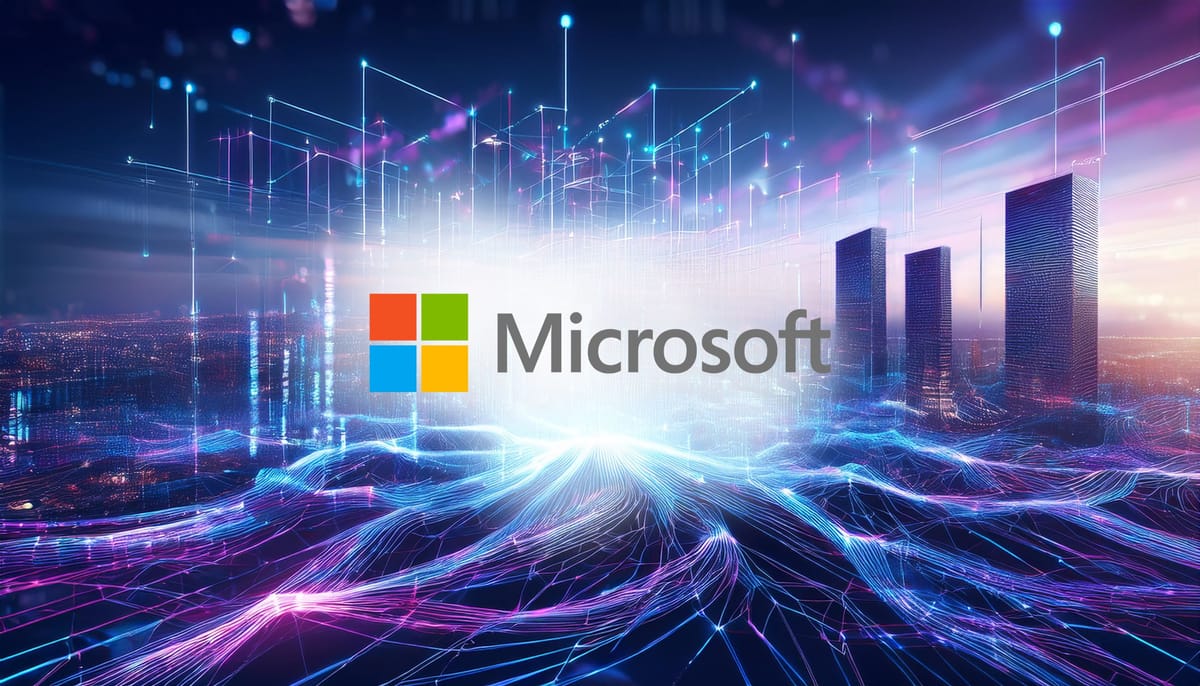
The Current State of Generative AI
Scott believes we're still in the early stages of the AI revolution:
"I think we're still in relatively early innings. The interesting thing that's happened over the past decade in particular is AI systems have started behaving more like proper platforms."
This shift towards AI systems functioning as platforms represents a significant evolution from earlier, more narrowly focused AI applications.
The Pace of AI Development
Scott emphasized that we are far from reaching a plateau in AI capabilities:
"We are demonstrably not at the point of diminishing marginal returns on how capable these AI systems can get."
This perspective highlights the exponential nature of AI progress and underscores the potential for transformative advancements in the near future.
Balancing Optimism and Realism in AI Development
In his closing remarks, Scott emphasized the importance of striking a balance between aggressive optimism and pessimism when approaching AI development:
"I think the thing that we've seen over and over again with building hard things is you want to strike the right point between aggressive pessimism and aggressive optimism. You just don't want to get yourself caught up in hype in either direction."
This balanced approach suggests that Microsoft is focused on developing transformative AI applications that can create significant value while maintaining a realistic perspective on the challenges and limitations of the technology.
Goldman Sachs: Navigating the Financial Landscape
David Solomon, Chairman and CEO of Goldman Sachs, provided valuable insights into the firm's strategic direction and performance across various business segments.
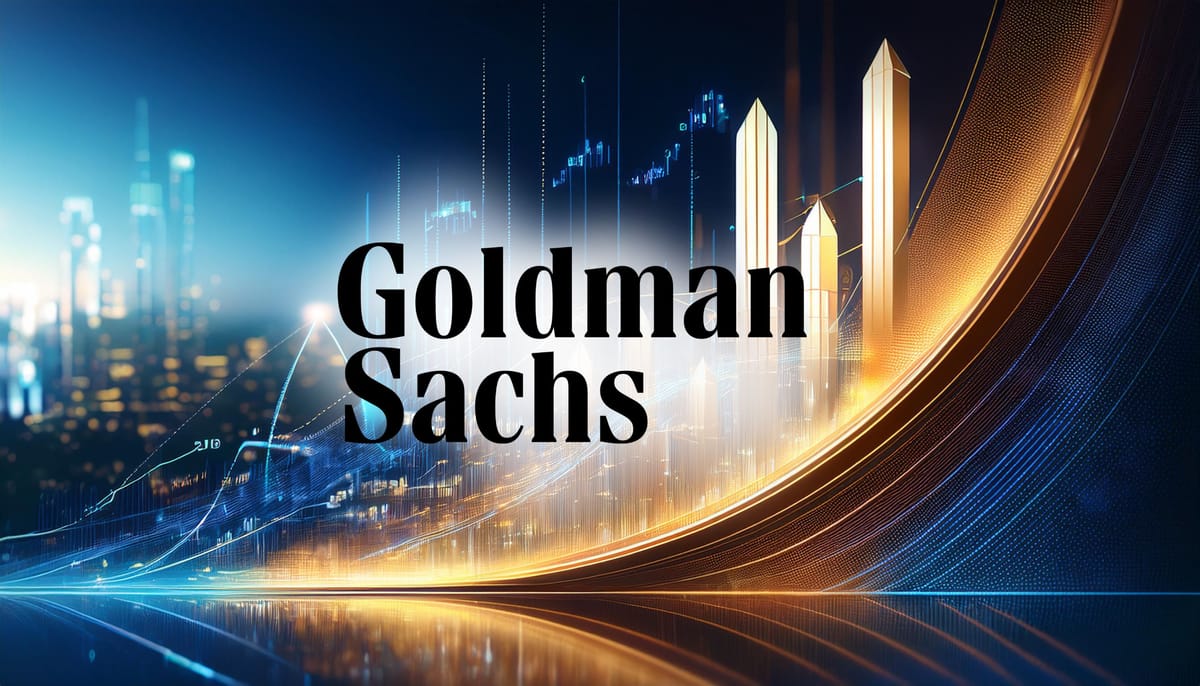
Strategic Progress and Positioning
Solomon emphasized the clarity of Goldman Sachs' strategy and its improved market perception, highlighting two primary business segments: Global Banking and Markets, and Asset and Wealth Management.
"We continue to make progress in global banking and markets. I think the franchise is in very, very good shape. I think One GS has been an extraordinarily strong client center operating resource, but that has allowed us to consistently gain share in our core businesses of investment banking and also sales and trading."
Asset and Wealth Management: A Growth Engine
In the Asset and Wealth Management space, Solomon highlighted three key focus areas: Private Wealth Management, Alternatives, and Broad Solutions. The private wealth business, in particular, shows significant potential:
"We supervise at this point, $1.5 trillion of private wealth assets for the wealthy assets of the individuals in the world. This business is growing very, very nicely. It is still a very fragmented business all over the world."
Investment Banking Outlook
Solomon provided a nuanced view of the current investment banking environment:
"Investment banking activity has been better. I think strategic activity has picked up meaningfully, although there's still some headwinds because of what's going on in the FTC."
This observation suggests a recovery in deal-making activity, albeit with regulatory challenges.
Artificial Intelligence: Impact and Opportunities
Goldman Sachs sees AI as a catalyst for increased business activity and a tool for enhancing employee productivity:
"We think about this first and foremost as productivity gain for super smart people. ... if you can give them tools that make them more productive and allow them to spend more time with clients to allow them to get information more quickly to clients or allow them to help clients solve their problems faster all that accelerates productivity."
Wrapping Up: A Week of Insights and Innovations
Just a heads-up, here are the key takeaways from the industry leaders' insights:
- AI is making waves in sectors like semiconductor manufacturing and financial services.
- Data center technologies are evolving to support advanced computing needs like AI.- Customer engagement and adaptability are key in tackling challenges and seizing opportunities.
- Continuous innovation is crucial for staying ahead in rapidly changing markets.
These themes highlight the dynamic nature of the tech and financial sectors, emphasizing the need to stay sharp and think strategically. As these trends continue to unfold, it'll be interesting to see how they reshape the business landscape.
While the future seems bright, it's important to maintain a balanced perspective. As Microsoft's Kevin Scott pointed out, we should strike the right balance between "aggressive pessimism and aggressive optimism" when considering new technologies and market opportunities.
Stay tuned for more insights and analysis in the weeks to come. Innovation is moving full steam ahead, and we'll be here to help you navigate it all.





